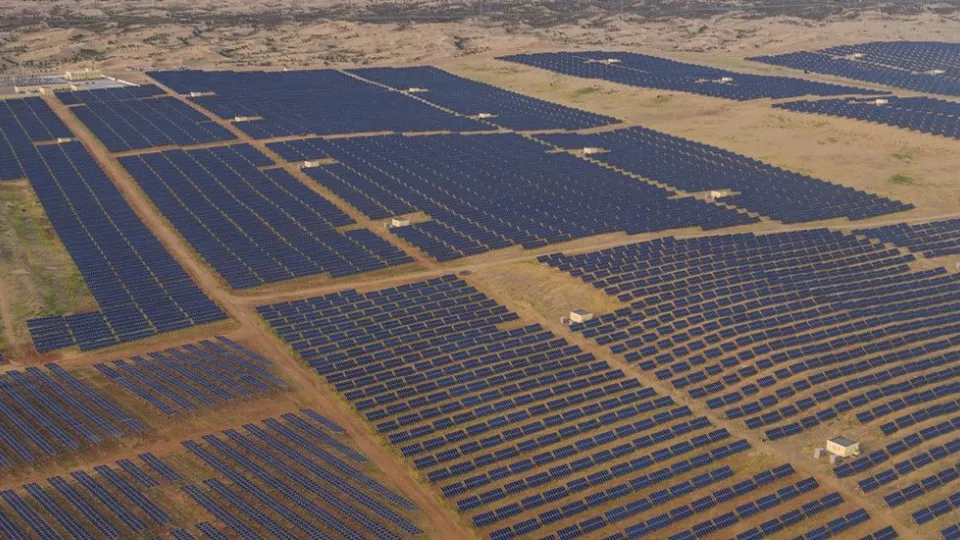Following the publication of a new piece of research with international colleagues - Zhengyao Lu, Researcher in Physical Geography at Lund University and a member of MERGE and BECC, and Jingchao Long from the Guangdong Ocean University – decided to pitch their results to The Conversation to write a popular science version. The pitch was accepted, and once the piece was published it quickly gained more than 60.000 reads. This is a remarkable number, and we were curious to know if Zhengyao Lu had any tips for others who are interested in writing about their research for a wider audience.
Why do you think this article has been so widely read?
I believe this is interesting to so many since it is the first study to focus on a future scenario with the previously neglected interaction of solar power constructions on a global scale. In this regard, just like fossil fuels have been, solar energy production can also potentially be subject to future geopolitical maneuvering: if a country builds a lot of solar farms (e.g. in a subtropical desert), it can potentially harm solar power production in neighbouring or even remote countries.
What do you think is the most important message/feeling that readers take away from the article?
Building a lot of solar farms may not be the perfect win-win solution for climate mitigation but is associated with potential risks and needs careful planning. Otherwise, one day the solar energy that can be generated from one’s rooftop can be (negatively) affected by large solar farms remotely. That might leave you with a feeling of concern, but hopefully also with a feeling that this is useful information that contributes to more well-founded decisions for our future energy production.
How does the response that you have received from the article in The conversation affect you and your further research and research communication?
I have received many interesting comments and various questions from the readers. Some comments encouraged me to design simulations targeting better representations of solar farms in the model. For instance, solar farms in other desert or urban regions, testing different types of solar panels (different albedos), and also using higher-resolution regional models to study more realistic scenarios. The publication of the Conversation article also led to a higher impact of our study, and I received many interview invitations from the media/publishers, such as BBC, Scientific American, and AAAS.
Significant parts of the climate model used in the study were developed at Lund University after a long-standing, and ongoing, initiative within MERGE. Can you say a few words about the importance of this model for you and your research?
Our finding is supported by the Earth system model EC-Earth, co-developed at LU and within MERGE. It also gained initial funding from a MERGE short project. EC-Earth has a good representation of complex interactions between the atmosphere, ocean, and terrestrial ecosystems. With the help of model simulations, we can understand how Sahara solar farms become an additional heat source, how exactly the atmospheric circulation responds to them, how the responses are amplified by ecosystems (vegetation greening/browning) and ocean circulation changes, and how the impacts can propagate globally. We can also quantify the threshold (the spatial scale of solar farms) beyond which the global impacts become significant. The modeling method is the most powerful tool to be applied to future spatial planning of large-scale solar farms to minimize unintended impacts.
Read the article at The Conversation:
Read the study published in nature:
Large-scale photovoltaic solar farms in the Sahara affect solar power generation potential globally
Are you interested in writing for The Conversation?
There is an ongoing effort at Lund University to write for The Conversation. If you are not a researcher at Lund University – try to hook arms with a fellow researcher at LU and pitch your idea as a team.
There are two upcoming sessions on how to pPitch your idea to the Conversation:
9th of April: Pitch your idea to the Conversation – April session | Medarbetarwebben (lu.se)
2nd of May: Pitch your idea to the Conversation – May session | Medarbetarwebben (lu.se)
Learn more about writing for The Conversation:



